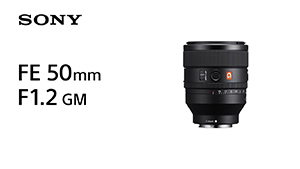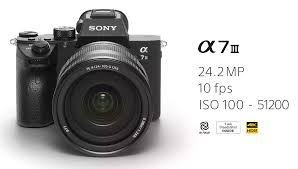The Indian Astronomical Observatory (IAO), located in Hanle near Leh in Ladakh, India, has one of the world’s highest sites for optical, infrared and gamma-ray telescopes. It is currently the tenth highest optical telescope in the world, situated at an elevation of 4,500 meters. Accessing the observatory, located near the Chinese border, requires a six hour drive from Leh, the capital city of Ladakh. The location is deemed to be excellent for visible, infrared and submillimetre observations throughout the year due to its low ambient temperatures, humidity, and light pollution. The Himalayan Chandra Telescope is a 2 meter diameter optical-infrared telescope named after India-born Nobel laureate Subrahmanyam Chandrasekhar. It is a modified Ritchey-Chretien system with a primary mirror made to withstand low temperatures. Imaging instruments include a Faint Object Spectrograph, a near infra-red and an optical CCD camera. The telescope is remotely operated via an INSAT-3B satellite link which allows operation even in sub-zero temperatures in winter.
August has the Milky way core setting close to the horizon and offers the intrepid astrophotographer an opportunity to frame up various deep sky objects close to the ground. Seen here is Messier 8, the Lagoon Nebula in all its H-alpha glory as it sets over the HCT



